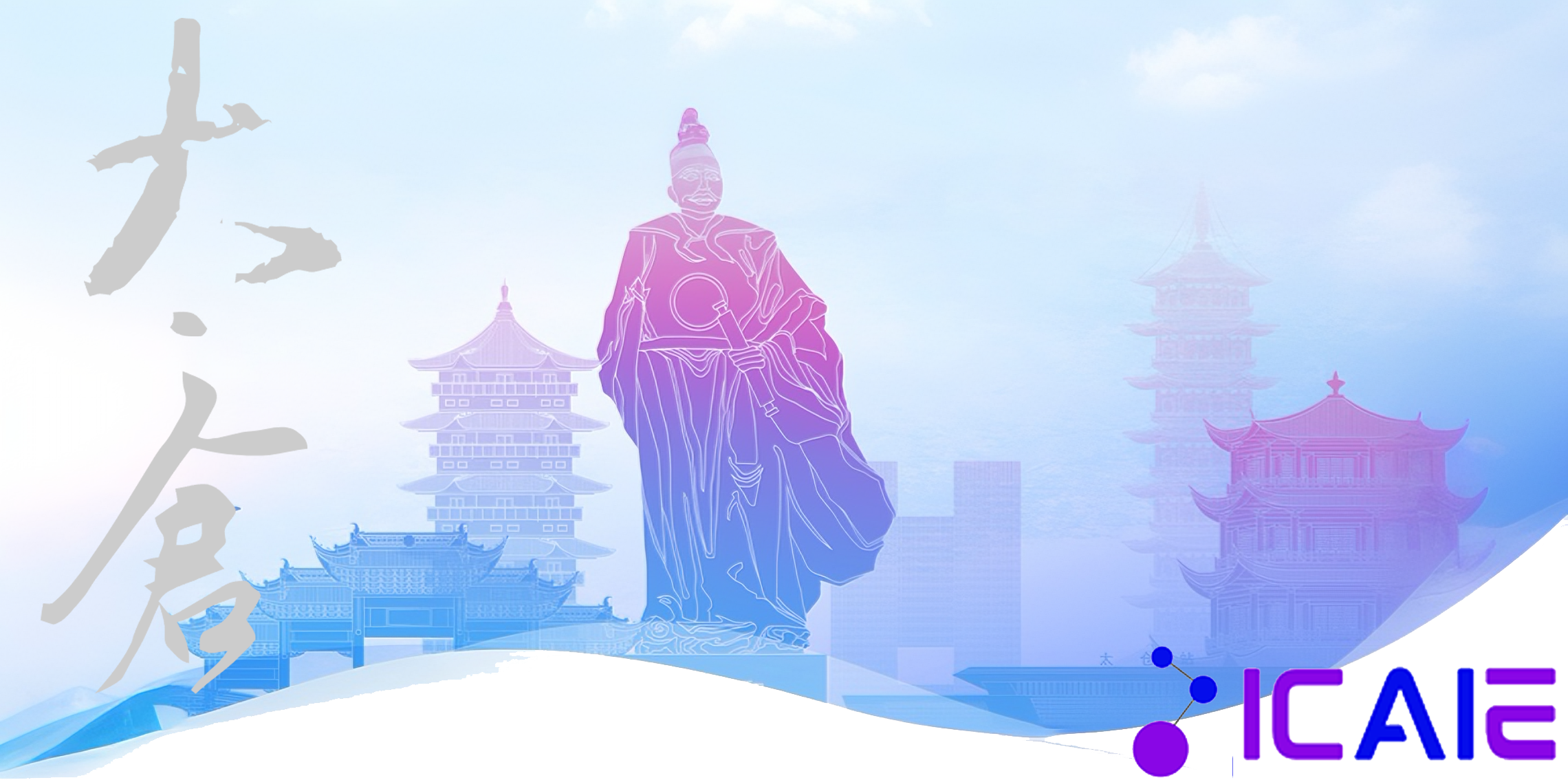
Taicang (太仓), an ancient Jiangnan city, traces its origins to a Wu Kingdom granary. It launched Zheng He's historic voyages and thrives as a key port on the Maritime Silk Road. Known for its river networks and "Yangtze Three Delicacies," it preserves Ming-Qing architecture in Shaxi Ancient Town. Today, Taicang Port ranks among the world's top 100, while over 300 German firms operate here—earning it the title "German Business Hub in China." With a 20-minute high-speed rail link to Shanghai, it blends rich heritage with modern industry, standing among China's most developed county-level cities.
Here are some information for reference. https://www.travelchinaguide.com/cityguides/jiangsu/taicang.htm
 |
 |
 |
||
| Taicang Nan Yuan / 南园 | Shaxi Ancient Town / 沙溪古镇 | Rothenburg German-Style Street / 罗腾堡德式风情街 |